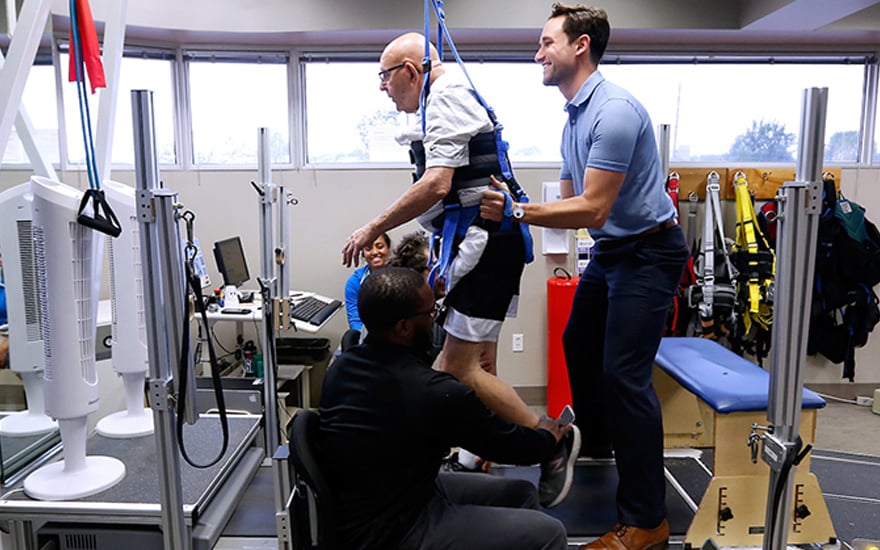Investigating the Effect of Manual Treatment Techniques on Alleviating Muscle and Joint Pain and Enhancing Client Outcomes
Investigating the Effect of Manual Treatment Techniques on Alleviating Muscle and Joint Pain and Enhancing Client Outcomes
Blog Article
Manual treatment techniques are manual methods used by medical providers to treat muscle and joint discomfort. These techniques include different types of manipulation and mobilization of the body’s muscles and articulations. The goal of hands-on treatment is to relieve discomfort, improve movement, and boost overall function. Many individuals suffer from muscle and joint discomfort due to trauma, poor alignment, or disorders like arthritis. By applying hands-on therapy, practitioners aim to address these issues and help patients recover their quality of living.
One common hands-on treatment method is vertebral adjustment. This method involves applying controlled force to the spine to improve positioning and reduce pain. Research has shown that spinal adjustment can be effective in treating lower spinal discomfort and cervical discomfort. Another technique is soft tissue mobilization, which focuses on reducing tension in the muscles and connective tissues. This can help reduce stiffness and enhance flexibility, making it simpler for patients to move without discomfort. Both techniques can be tailored to satisfy the individual needs of each client, ensuring a custom method to treatment.
In addition to pain relief, hands-on therapy can enhance patient outcomes in various aspects. For example, it can boost blood flow, which helps deliver oxygen over at this website and nutrients to the affected areas of the body. Better blood flow can also promote healing and reduce swelling. Additionally, hands-on treatment can help patients develop better body awareness, which is crucial for preventing future trauma. By understanding how their physiques move, patients can make more informed choices about their activities and posture, leading to sustained advantages.
The effectiveness of manual therapy is often backed by client responses. Numerous individuals report significant gains in their discomfort intensity and overall performance after undergoing care. This favorable reaction can lead to greater drive for patients to engage in rehabilitative activity and rehabilitation exercises. When clients feel better, they are much likely to engage in their rehabilitation journey, which can further enhance their results. This collaborative approach between the provider and the client is essential for achieving lasting outcomes.
In conclusion, manual treatment methods play a vital role in relieving muscle and joint pain and improving patient outcomes. By using methods such as vertebral manipulation and gentle connective tissue manipulation, healthcare professionals can help patients recover mobility and alleviate pain. The benefits of manual treatment go further than instant pain relief, as it also encourages recovery and encourages clients to take an proactive role in their rehabilitation. As an increasing number of people seek effective therapies for muscle and joint issues, manual treatment remains to be an essential option in the field of healthcare.